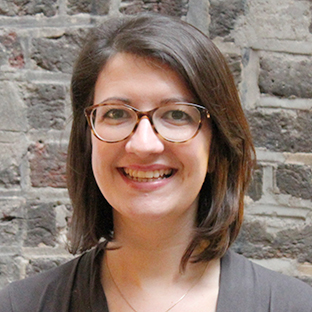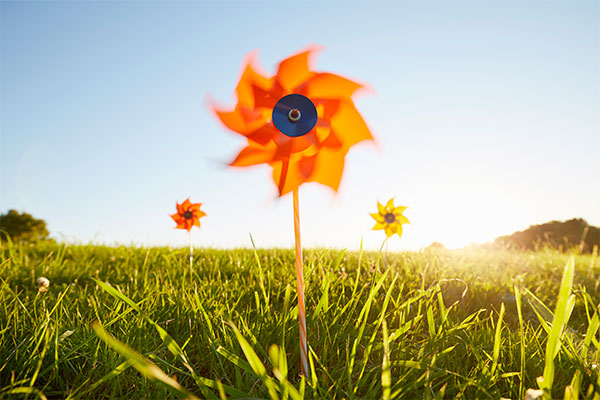This month, the RSA embarks on a timely new research project in collaboration with the University of Winchester’s Centre for Real-World Learning to explore how young people might capitalise on their uniquely creative adolescent years for the benefit of their communities.
If press coverage is anything to go by, the general public could be forgiven for thinking that young people have little, if anything, positive to offer wider society. You might even argue that the media portrays a stereotype of the current generation of adolescents as narcissistic, hedonistic and lazy. Evidence presented to the Leveson enquiry by a consortia of organisations representing and working with adolescents quoted research that shows that 76 percent of press coverage of young people is negative. Negative stereotyping of adolescents as hedonistic is a historic issue, but has found new momentum with the popular discourse around adolescent narcissism, epitomised by the Time Magazine’s “Me Me Me Generation” feature.
Some researchers too have contributed to the stereotype. A recent study of 15,000 adolescents aged 18 and 19, by psychologists specialising in narcissism, asserts that from the early 2000s, there has been a “narcissism epidemic” among adolescents. Little surprise then that 79 percent of children and young people feel that adults see them in a negative light.
Young people giving back
In spite of these prevalent stereotypes, the reflections of young people themselves, and the teaching professionals working closely with them every day, suggest that adolescents’ motivation to contribute positively to their communities is not only reasonably high but, in fact, rising. Recent research shows that around 40 percent of young people aged 10-20 participate in some form of social action (defined as ‘practical action in the service of others to create positive change’) in their communities. Yet, 58 per cent of young people surveyed by Demos reported that damaging stereotyping impacts negatively on their levels of community and social engagement.
Creativity in adolescence
Research from neuroscientists, psychologists and psychiatrists finds that the foundations for creative exploration (imagining how things could be, not simply accepting them for what they are) are generally lacking during the pre-teenage years. However, they combine powerfully with an increased drive for reward and propensity to take risks during adolescence. Daniel Siegel suggests that “creative exploration may be the primary work and purpose of the adolescent period – the essence of adolescence.”
Professor Ronald Beghetto, who specialises in creativity in education, suggests that creative ability is not a sufficient precondition for creative action. Instead, for creative expression to take place, ability must be combined with creative confidence, or more specifically, “creative self-efficacy” – young people’s self-perceptions of how able they are to produce creative outcomes. Beghetto’s research with over 1,000 young people in North-West Pacific schools found that those in the group with high levels of creative self-efficacy were significantly more likely to participate in after-school group activities like a scouts or drama group.
Creativity in adolescence: the project
Our research wants to take this one step further. We will explore the relationship between young people’s creative confidence and their likelihood to try to make a difference in their local community through, for example, volunteering and social action. To borrow an example from recent Beghetto research, this could result in creative community-oriented action such as:
“A group of bilingual high school students who design and maintain a translation service to provide Spanish-speaking families in their community with access to educational, health, and community-based information.”
This programme of research to explore how young people could be supported to use their creativity in the service of their communities chimes with the longstanding commitment of the RSA to ensuring that every human has the power to turn their ideas into action for the greater good of society.
Over the next 12 months, in partnership with Professor Bill Lucas and Dr Ellen Spencer of the University of Winchester’s Centre for Real-World Learning whose model of creativity is attracting international interest, the RSA will explore:
- Current perceptions of the likelihood of adolescents to make a positive, creative contribution to their local communities, both by adolescents themselves and by the adult population.
- How confidence to express and apply creativity (creative self-efficacy) develops during adolescence.
- Whether young people with high levels of confidence to express and apply their creativity are more likely to engage in creating positive change in their communities.
- How the likelihood of young people to engage in activities for the benefit of their communities might be impacted by other factors including availability of opportunities, high levels of empathy, faith or sense of civic duty and self-interest (e.g. participating to strengthen a CV).
- What policies or practical interventions could be recommended to support adolescents to develop their ‘creative self-efficacy’ for the benefit of local communities.
The timeliness of our approach is underscored by the recent PISA interest in assessing creative thinking as part of a new PISA test of Creative Thinking in 2021. The strategic advisory group overseeing the development of the assessment of Creative Thinking is co-chaired by Professor Bill Lucas.
If you know a secondary school, college or organisation working with young people that may be interested in participating in this research, we would love to hear from you. Please leave a comment in the comments section below.
We are grateful to the Templeton Religion Trust for their support to deliver this programme of research.
Related articles
-
Young people are the experts we’ve been waiting for… and they are ready to take action
Fran Landreth Strong
Fran Landreth Strong explores the three main findings from our series of events that asked what it takes to deliver high-quality 'double benefit' youth social action projects.
-
Selfish, lazy and anti-social: do adults’ prejudices prevent young people from shaping social action?
Laura Partridge
Young people are giving back more to society than adults might expect: but why must we ensure all young people are benefiting from participation in social action?



Join the discussion
Comments
Please login to post a comment or reply
Don't have an account? Click here to register.
If you are interested in the global view, I am a Venturer Scout Leader in Sydney Australia working with youth aged 14 years to 18 years and also the older group Rover Scouts aged 18 years to 26 years of age.
Hey Guys, I work for a charity called Knowledge to Action. We work with over 100 educational institutes across the country on improving their character education provision. One of the tools we use is Youth Social Action. We're inspired by your research and would love to take part and help in anyway we can.
A question I've long been asking is how do we unleash the same collaboration, leadership and creativity seen online in environments such as Massively multi-user role play games, for the benefit of our society? If we can use game design principles to scaffold self directed learning and social action, we'll see social transformation.